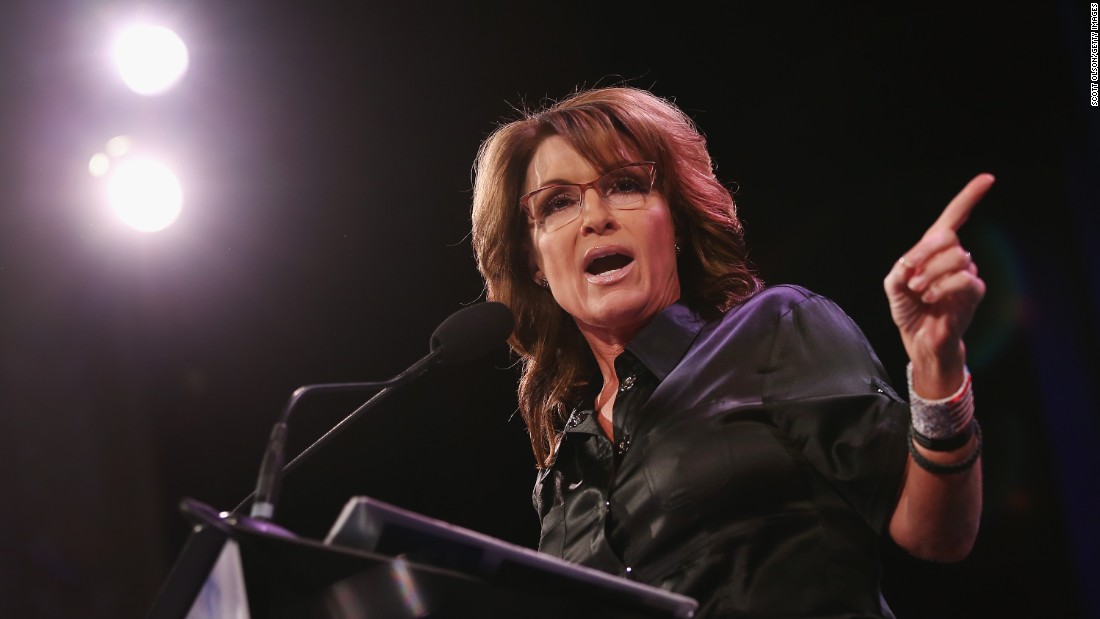In the landscape of American politics, few moments resonate as profoundly as Sarah Palin’s debut as the vice-presidential nominee alongside Senator John McCain in the tumultuous 2008 presidential campaign. Few anticipated the seismic impact she would have not just on the campaign itself, but also on the Republican Party’s future trajectory. At the time, the selection of Palin was heralded as a bold move, an attempt to galvanize a disenchanted electorate. However, it soon became apparent that her presence would also yield complexities that could deliver a figurative black eye to the McCain campaign.
Palin emerged from relative obscurity, seizing national attention with her charismatic persona and plainspoken manner. Yet, this very magnetism belied a myriad of challenges that would reverberate throughout the campaign. While McCain’s team envisioned a dynamic synergy that would attract conservative voters, they inadvertently underestimated the degree to which Palin’s populist rhetoric would diverge from the campaign’s carefully constructed message. Her tendency to prioritize partisan fervor over policy substance often left seasoned advisors scrambling to recalibrate their approaches. This schism illustrated a pivot from traditional GOP values to a more visceral and emotive style of campaigning.
Moreover, Palin’s performances in various media appearances, particularly during her inaugural interview with Katie Couric, sparked widespread bewilderment and concern. The public’s reaction exposed a palpable disconnect between McCain’s intention to project wisdom and experience, and Palin’s approach, which evoked both admiration and skepticism. As the nation scrutinized her responses—often laden with disjointed verbiage—the credibility of the campaign wavered. The juxtaposition of McCain’s dignified demeanor against Palin’s lack of policy fluency resulted in an unforeseen vulnerability that would ultimately hamper the campaign’s integrity.
The fallout from this juxtaposition also incited divisive opinions within the Republican base. Increasingly, the spotlight shifted away from McCain’s platform of reform to a focus on Palin’s polarizing public persona and her incendiary remarks. This shift, while energizing some segments of the electorate, alienated moderates who had previously supported McCain. Additionally, critics leveraged this dramatic pivot to question the campaign’s viability. It became an exemplar of how charisma, while a powerful weapon in the political arena, does not substitute for substantive policy knowledge and strategic coherence.
Ultimately, the nuances of Sarah Palin’s candidacy serve as a cautionary tale within the annals of political history. They encapsulate the delicate balance between appeal and authenticity, emphasizing the perils inherent in deviation from a well-defined vision. As McCain sought to navigate the challenges presented by his running mate, the 2008 election stands as a testament to the unpredictable nature of politics, where even the most promising alliances may falter, casting a shadow over relentless aspirations for victory.
